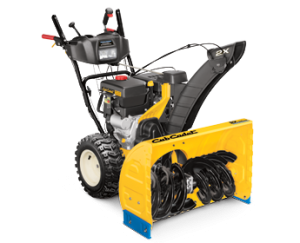 Whether you need a shear pin or an auger, you need to have the model and serial number on hand to get the right parts for your Cub Cadet snowblower. Where do you find this information, and what can you do if you can’t find it?
Whether you need a shear pin or an auger, you need to have the model and serial number on hand to get the right parts for your Cub Cadet snowblower. Where do you find this information, and what can you do if you can’t find it?
Finding the Identification Tag
On all Cub Cadet products, the serial number, model number, and other information is printed on a 2×3 inch white sticker.
On single stage (1X) models, this sticker is on the right side of the frame, next to the belt cover.
On two and three stage (2X and 3X) models, the sticker is located on the main gear housing or frame cover, which is between the rear wheels.
Reading the Identification Tag
Cub Cadet products have two model numbers. Under “Model Number,” located on the left side of the sticker, you’ll see the full model number and a short number below that. The short number is the number the model is marketed under, i.e. “21 HP.” This number identifies the general design, which may be in production for years. The long number is the specific model you own, indicating any minor running changes. These are usually issued for a single production year.
Unfortunately, even with the long model number, you may not have all the information needed to correctly identify your snowblower when buying parts. Small changes may be made during production years, so some parts may only work for specific serial number ranges. The serial number, located on the right side of the tag, is specific to your blower.
If the label is partly damaged or faded, there are some formatting rules used for these numbers that will help you determine what the characters are. Cub Cadet products built after 1996 use full model and serial numbers that are both 11 characters long. This can be any combination of letters, numbers and dashes.
Full snowblower model names always start with “31.” This name will be a combination of numbers or dashes (represented by 0’s) and letters (represented by X’s) in this order: 00XX000X000.
The second through fifth characters of the serial number indicate the manufacturing date:
- The second digit will be a letter. Its alphabetical order indicates the month, so an “E” shows it was manufactured in the fifth month, May.
- The next two digits are the day of manufacture.
- The last digit is the year. This rolls over each decade, so a “3” could be 2013 or 2003.
The Identification Tag is Missing or Damaged. Now What?
First, check the owner’s manual. There’s a space to write down these numbers in the front or back of the manual. If you’re lucky, you or someone who owned the snowblower before you may have filled out this section. If you still don’t have the model and serial numbers, it’s time to talk to Cub Cadet.
Gather as much information as you can about your snowblower, including the purchase date, engine size, features, and other identifiers. Grab a measuring tape, get to a place where you have access to both the snowblower and your phone, and call Cub Cadet tech support. If you live in the U.S. or Canada, they can be reached at 1-877-428-2349. This line is open from 8 am. to 10 pm. Eastern Standard Time, 7 days a week. They will be able to identify your model using Cub Cadet’s archives, but be prepared for a lengthy phone call as they work through model details to determine exactly what you have. You may need to measure some parts, and in some cases the company may even need photos to help identify your blower.
Getting the Parts You Need for Your Snowblower
www.cubparts.com is a certified Cub Cadet dealer, so we carry all the OEM parts you need to maintain your snowblower. Select your blower’s model and serial number using our advanced search engine, and you’ll be shown factory parts diagrams and descriptions, making it easy to identify the part you need to order. Best of all, we can ship your order to any address in the U.S. and Canada.
 Why do two stroke engines need oil mixed with the fuel? How do fuel/oil ratios affect performance? Let’s take a look at how these motors work, and what you need to do to keep the two stroke motor in your Cub Cadet running right.
Why do two stroke engines need oil mixed with the fuel? How do fuel/oil ratios affect performance? Let’s take a look at how these motors work, and what you need to do to keep the two stroke motor in your Cub Cadet running right.
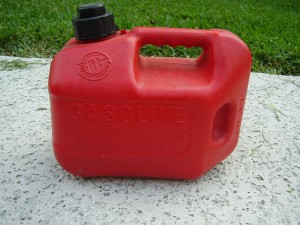 Look at the manual for any small engine equipment, Cub Cadet or otherwise, and you’ll see the manufacturer recommending the use of a fuel stabilizer. Is this really necessary? Why is it recommended for small equipment and not automobiles?
Look at the manual for any small engine equipment, Cub Cadet or otherwise, and you’ll see the manufacturer recommending the use of a fuel stabilizer. Is this really necessary? Why is it recommended for small equipment and not automobiles? Whether you need a shear pin or an auger, you need to have the model and serial number on hand to get the right parts for your Cub Cadet snowblower. Where do you find this information, and what can you do if you can’t find it?
Whether you need a shear pin or an auger, you need to have the model and serial number on hand to get the right parts for your Cub Cadet snowblower. Where do you find this information, and what can you do if you can’t find it? Any device that can put enough pressure on a chunk of wood to make it split is bound to do some serious damage if used incorrectly, and in some cases, the possible causes of injury aren’t obvious. These tips will help you use your Cub Cadet log splitter safely when you get firewood ready this winter.
Any device that can put enough pressure on a chunk of wood to make it split is bound to do some serious damage if used incorrectly, and in some cases, the possible causes of injury aren’t obvious. These tips will help you use your Cub Cadet log splitter safely when you get firewood ready this winter.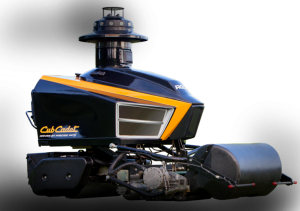 When it comes to groundskeeping at a golf course, your best friend may be a robot. The Cub Cadet RG3 doesn’t just mow and roll, its precision allows it to do these jobs better than any other method while freeing up your staff to do other tasks to improve the overall quality of your course.
When it comes to groundskeeping at a golf course, your best friend may be a robot. The Cub Cadet RG3 doesn’t just mow and roll, its precision allows it to do these jobs better than any other method while freeing up your staff to do other tasks to improve the overall quality of your course. Lopping off tree limbs may sound like it would damage trees, but done correctly, it can help them grow and reduce the chance of property damage and injury. This guide will help you use your Cub Cadet pole saw effectively to keep your trees trimmed and healthy.
Lopping off tree limbs may sound like it would damage trees, but done correctly, it can help them grow and reduce the chance of property damage and injury. This guide will help you use your Cub Cadet pole saw effectively to keep your trees trimmed and healthy.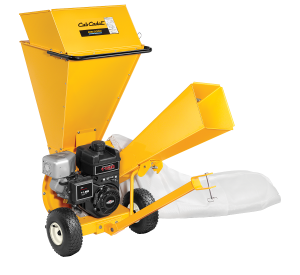 Getting your land ready for the winter means pruning and clearing dead branches. When it comes time to run that wood through your Cub Cadet chipper, keep yourself safe; these tips will help you get the job done without having to use your first aid kit or visit the hospital.
Getting your land ready for the winter means pruning and clearing dead branches. When it comes time to run that wood through your Cub Cadet chipper, keep yourself safe; these tips will help you get the job done without having to use your first aid kit or visit the hospital.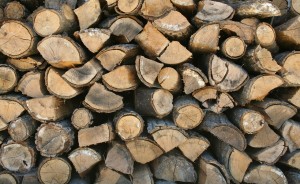 Are you ready for next winter’s cold weather? Get a head start by splitting and storing some wood. Properly cut and stacked, this wood should be fully seasoned by the time you need to start up your fireplace.
Are you ready for next winter’s cold weather? Get a head start by splitting and storing some wood. Properly cut and stacked, this wood should be fully seasoned by the time you need to start up your fireplace. A winter storm has blown in, and your driveway is covered in snow. You pull out your Cub Cadet snow thrower to clear the way, but it just won’t work. Now what? This guide will take you through the most common problems and their solutions so you can get the snow out of your way.
A winter storm has blown in, and your driveway is covered in snow. You pull out your Cub Cadet snow thrower to clear the way, but it just won’t work. Now what? This guide will take you through the most common problems and their solutions so you can get the snow out of your way.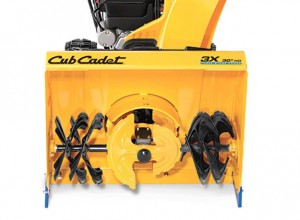 Are you ready to face the snow this season with a new Cub Cadet snow thrower? Here’s what you need to know to get it up and running from assembling it straight out of the box to making adjustments for your local weather conditions.
Are you ready to face the snow this season with a new Cub Cadet snow thrower? Here’s what you need to know to get it up and running from assembling it straight out of the box to making adjustments for your local weather conditions.